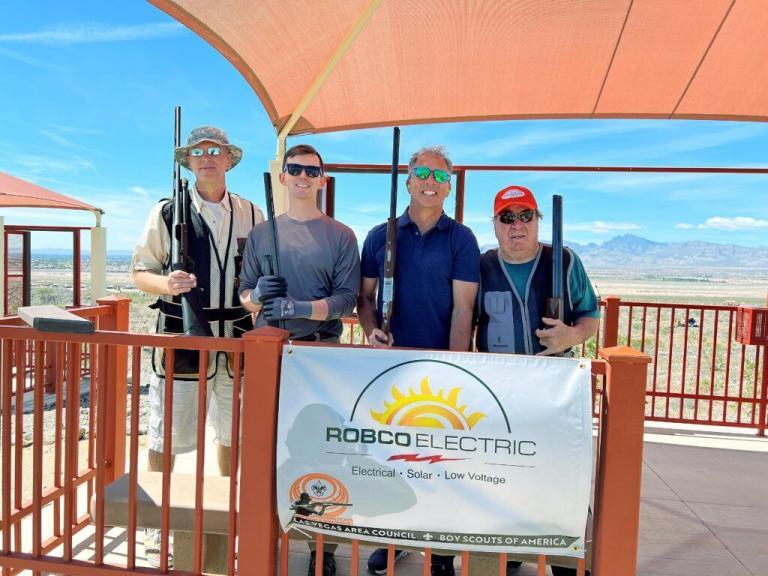Keeping pigeons from nesting under you solar panels
You know that old saying that “an ounce of prevention is worth a pound of cure?” In the case of pigeon proofing a solar array at install, it will save some unlucky person from shoveling many pounds of stomach-turning mess!! If the birds decide to nest under your panels, the results can be absolutely disgusting! The photos above are from a recent pigeon clean up we did on a non-Robco installed solar array.
These pictures are why Robco Electric includes solid metal pigeon proofing with every new flush roof mounted solar install. When you choose Robco Electric for solar, pigeon proofing is not “add on cost” or an “optional feature”. We don’t treat it as an “afterthought”, either. We install solid metal, powder coated pigeon proofing by default on every flush mount solar install to prevent the problem before it ever happens. This small cost included in your solar panel purchase price can save you thousands of dollars down the road. The truth is that our solar install crews dread getting assigned to do pigeon clean up jobs, but much more important to us is the peace of mind this offers you as a Robco solar customer.
You will never have to worry about this common issue with solar arrays that are not pigeon proofed. Our solid metal solar pigeon proofing is the same roof flashing that is already present on your roof. It is meant to last for decades. It is both attractive and very functional. Because it is solid metal, there are no gaps in the mesh or holes for the bird’s beaks to grab onto to pull the flashing loose as they can do with the mesh type. It’s also covered by our 10 year workmanship warranty.
When you get solar from Robco Electric, we think about the long term and keeping your system performing at it’s best for years, not just the quick sale at the lowest price.
That’s Solar Built on Trust.



